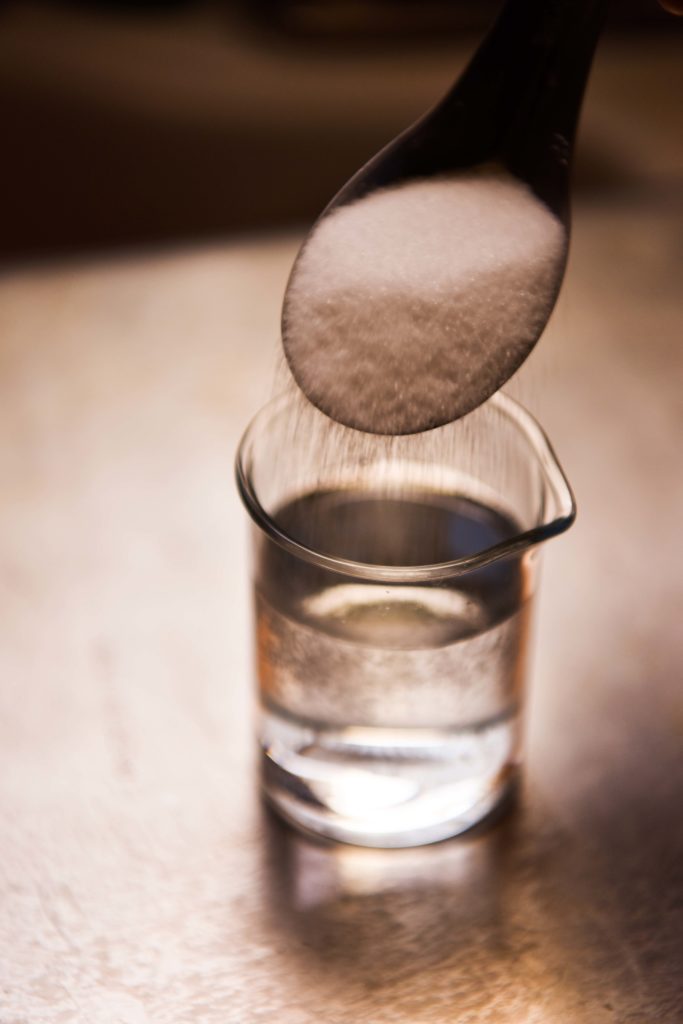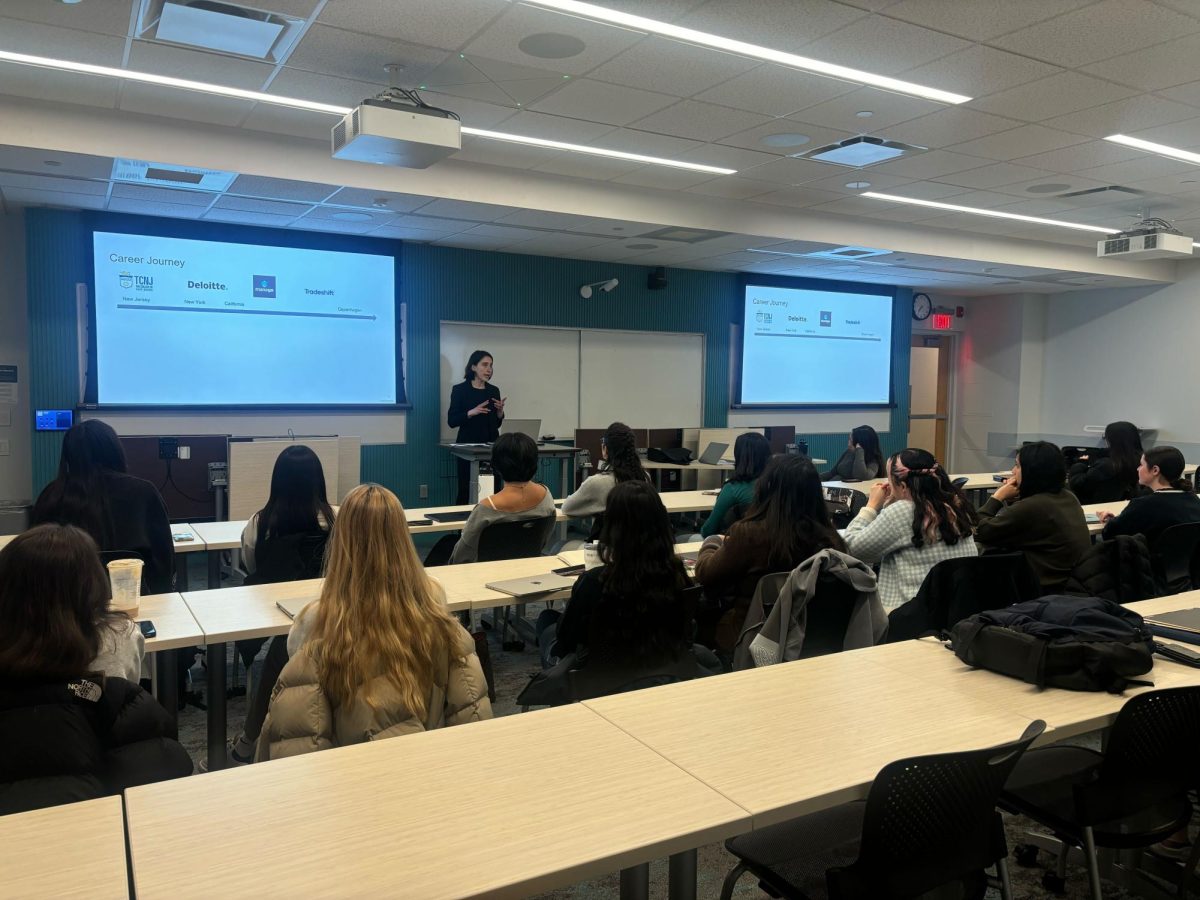By Cassidy DeStefano, news editor
Nanoparticle technology, a 3-D printer and a bit of brainpower are the three key tools in a Northeastern University (NU) professor’s pioneering research to create medicine that dissolves directly into the bloodstream – no needles required.
“The main benefit is that [through this process], drugs can be orally taken; they don’t have to be injected or taken intravenously,” said NU Distinguished Professor and project leader Ahmed Busnaina. “In the past, it’s gotten so bad that some people who have cancer have to have a tube sticking out of their shoulder or chest. But this process makes it easier to take home.”
Busnaina’s application of nanotechnology, which refers to the manipulation of miniscule particles, turns insoluble drugs soluble by printing them in nanorod structures that can pass through human tissue. He does this by using a 3-D printer suited to nanostructures, a separate endeavor that the National Science Foundation (NSF) funded from 2004 to 2014.
“If we take a drug and make very small nanorods, then we can easily suspend them and we can make them ten times more effective in penetrating cells,” he said.
Busnaina added that the Technology Evaluation Consortium (TEC) supplied the drugs for the experiments, while a team of students from NU’s Nanoscale Science and Engineering Center for High-Rate Nanomanufacturing collaborated on the project to make it a reality.
“The TEC are the experts because they sell to consumers,” Busnaina said. “Together, we focus on developing unconventional technology.”
The 3-D printer, formally called the Nano Offset Printing System (NanoOps), follows a three-step process to create nanorods, according to an instructional video released Feb. 15 of last year. First, it prepares a template using electron beams and photolithography. Then, the template is dipped in a liquid solution where charged nanoparticles are guided into grooves on the template. Finally, the template is lifted out and pressed onto a surface to dry.
“The NanoOps system developed here is a great example of nanomanufacturing platform technology that can be used in many applications from electronics to medicine,” said NSF deputy assistant director Dr. Grace Wang.
Wang added that NU’s work with nanotechnology exemplifies the goals of the NSF in advancing research that will eventually affect a large consumer population.
Still, the overall effectiveness of the new delivery method has the potential to raise concerns. Disha Jasani, a graduate student pursuing a Master of Science in regulatory affairs, said that the new orally-administered drugs could take longer to dissolve into the bloodstream.
“Drugs from an IV get absorbed directly into the blood, while the oral drug would take time for absorption, dissolution and distribution,” Jasani said. “It varies from drug to drug: what kind of drug it is, how it would act on the patient and what its mechanisms of action are,” she said.
Although Busnaina’s team is currently targeting cancer and cardiovascular drugs, he hopes that nanotechnology will eventually extend to other areas of medicine.
“Nanomaterials have unique, superior properties,” he said. “And we are using molecular forces to build new remedies from the bottom up.”
Photo by Sean Lerkvikarn















